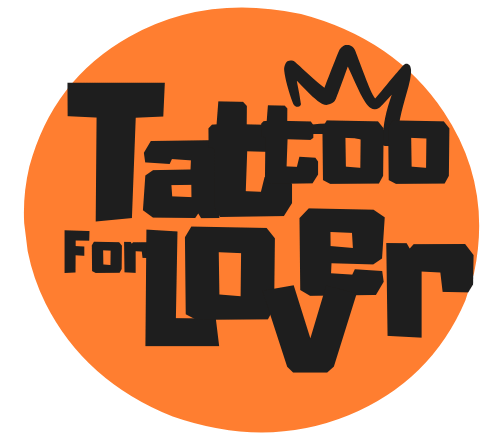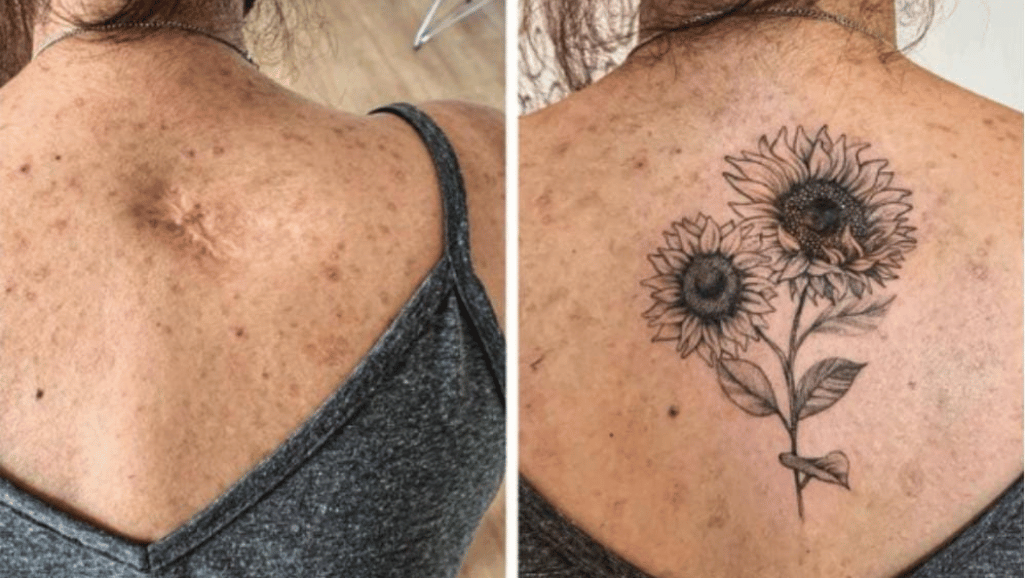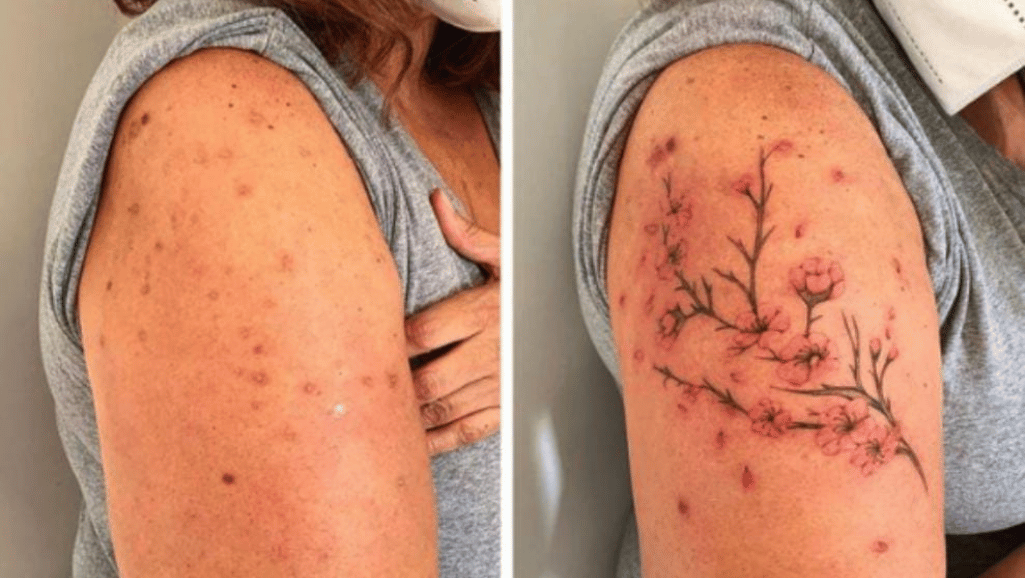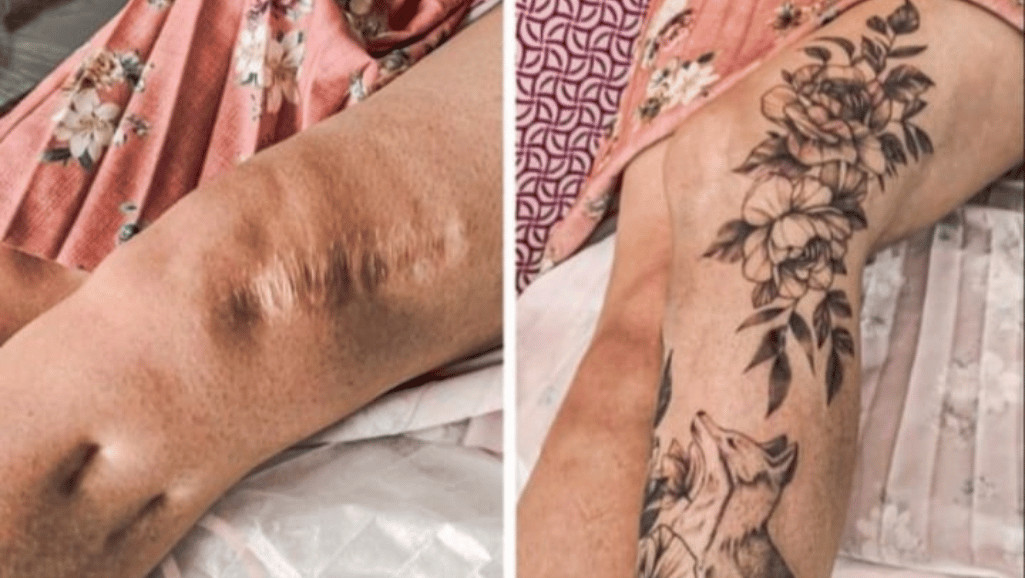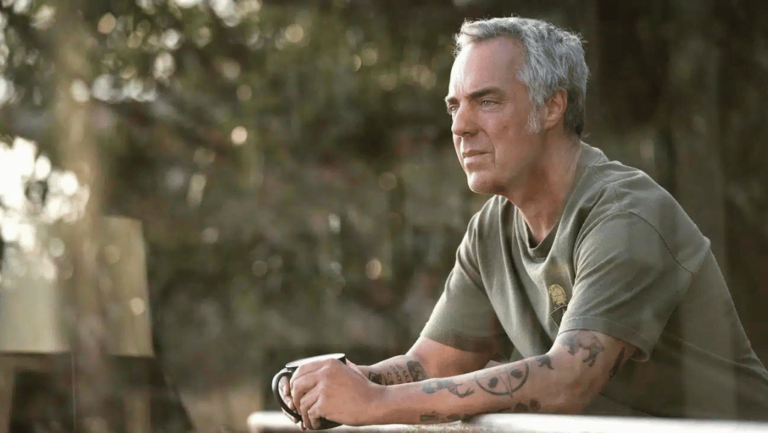Tattooing over scars is a possibility for individuals looking to cover up unsightly marks and embrace their bodies. While the process is feasible, several factors need to be considered, such as the age and strength of the scarred skin.
Before proceeding with tattooing over scars, it is crucial to consult with a professional tattoo artist who can assess the scar’s suitability for tattooing. This expert opinion is essential in managing expectations as the scars may still be visible despite the tattoo and the ink may appear lighter on scarred areas.
The level of pain experienced during the tattooing process varies from person to person, depending on their pain threshold. It is also important to note that multiple tattooing sessions may be necessary to achieve the desired result. If the pain becomes unbearable during a session, it is possible to tap out.
Aftercare plays a significant role in ensuring proper healing after tattooing over scars. It is advisable to follow the tattoo artist’s instructions to support the healing process and maintain the tattoo’s quality.
Key Takeaways:
**
- Tattooing over scars is possible, but it is important to consult with a professional tattoo artist first.
- Scars should be at least two years old and the skin should be strong enough for the tattooing process.
- Manage expectations as the scars may still be visible after the tattoo.
- Pain levels during the tattooing process vary and multiple sessions may be required.
- Follow the aftercare routine provided by the tattoo artist for proper healing.
Tattooing Over Different Types of Scars
When it comes to tattooing over scars, there are various types that require careful consideration. While it is technically possible to tattoo over keloid scars, it is generally better to avoid it due to the raised and tender nature of these scars. Self-harm scars, on the other hand, may be easier to cover up with tattoos compared to mastectomy or c-section scars, which often have more depth and texture.
Each scar is unique, and it’s essential to consult with a professional tattoo artist who has experience in tattooing over scars. They can assess the scar and determine the best approach for each individual case. Through their expertise, they can help create a design that effectively covers the scars and complements the natural contours of the body.
Types of Scars
1. Keloid Scars: These scars extend beyond the original injury and are characterized by raised, lumpy tissue. Tattooing over keloid scars can be challenging, as the scar tissue may react differently to the tattooing process.
2. Self-Harm Scars: Self-harm scars are typically linear and flat. Depending on their severity, they may be easier to cover up with tattoos. The tattoo design can help distract from the scars and serve as a positive reminder of personal growth and resilience.
3. Mastectomy Scars: Mastectomy scars result from the surgical removal of breast tissue. They can vary in size and shape, and tattooing over mastectomy scars requires careful consideration of the scar’s placement and texture. The choice of design and placement can help restore confidence and empower individuals who have undergone this procedure.
4. C-Section Scars: C-section scars are a common result of cesarean deliveries. Tattooing over c-section scars can help restore a sense of femininity and celebration of motherhood. The design can be customized to incorporate elements that have personal significance for the individual.
Tattooing over scars is a specialized skill, and it’s crucial to choose a tattoo artist who has experience and expertise in this area. They can guide you through the process, recommend the best design options, and ensure a positive tattooing experience.
Finding the Right Tattoo Artist
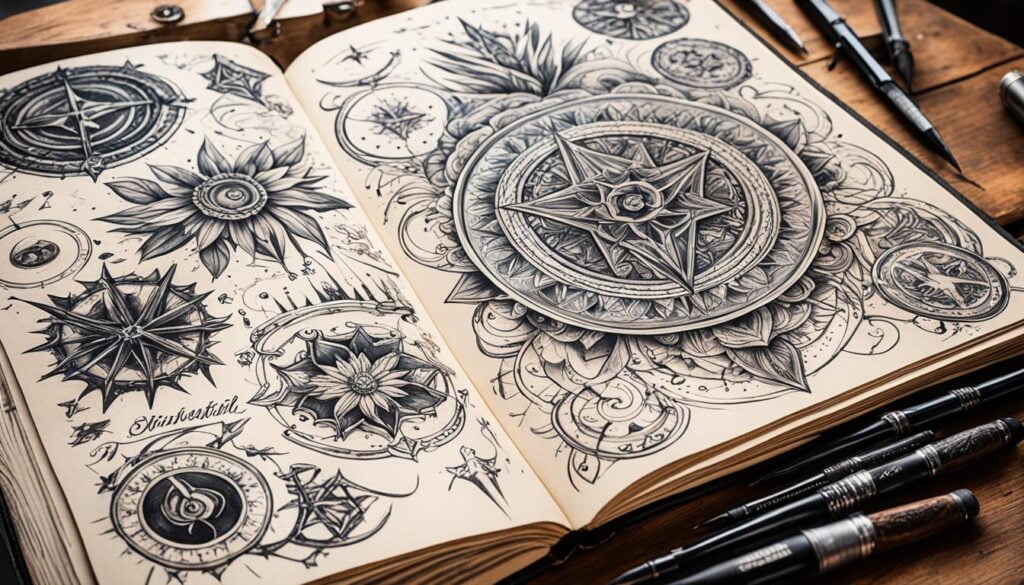
When considering tattooing over scars, it is crucial to find a tattoo artist who specializes in scar cover-up tattoos and has experience working with scarred skin. The right tattoo artist can make a significant difference in achieving the desired results for scar cover-ups.
First and foremost, it is essential to review the tattoo artist’s portfolio to ensure they have successfully tattooed over scars in the past. Examining their previous work will give you a sense of their technique, style, and ability to work with scarred skin. Look for examples that showcase their expertise in creating tattoos that effectively cover scars while maintaining aesthetic appeal.
Consulting with the tattoo artist in person is highly recommended when considering tattooing over scars. This allows you to have a direct conversation about your scar, its severity, and your goals for the tattoo. A skilled artist will take the time to understand your unique situation and provide an honest opinion on the potential outcome. They will assess the scar, considering factors such as its texture, color, and depth, to determine the best approach for covering it effectively.
Experience plays a crucial role when choosing a tattoo artist for scar cover-ups. An experienced artist understands the intricacies of working with scarred skin, including the potential challenges and limitations they may face. Their expertise and knowledge enable them to adapt their techniques and recommend suitable designs that can effectively camouflage scars.
Ultimately, finding the right tattoo artist for scar cover-ups requires research, portfolio review, and personal consultation. Take the time to select an artist who not only has experience tattooing over scars but also understands your goals and can offer the necessary expertise to achieve the desired outcome. By choosing a skilled and experienced tattoo artist, you can enhance your chances of getting a scar cover-up tattoo that you will be proud to wear.
Design and Process of Tattooing Over Scars
When it comes to covering up scars with a tattoo, the design plays a crucial role in achieving a successful outcome. It’s essential to consider the size, severity, and texture of the scar when choosing a design for a scar cover-up tattoo. Designs with organic flow and movement, such as floral or botanical designs, tend to work well in camouflaging scars. These designs can help create a visually appealing distraction from the scarred area.
On the other hand, heavy linework tattoos may not be suitable as cover-ups for scars. These tattoos have a higher chance of emphasizing the texture of the scar and making it more noticeable. It is advisable to opt for designs that incorporate shading and realistic elements to help blend the tattoo seamlessly with the surrounding skin and diminish the appearance of the scar.
During the tattooing process for scars, it’s crucial to be aware that scar tissue can be more sensitive than normal skin. The pain level experienced during tattooing over scars may vary depending on an individual’s pain threshold. The tattoo artist will take proper precautions, such as adjusting the tattooing pressure, to ensure a comfortable experience for the client.
Follow-up sessions may be necessary to achieve the desired result when tattooing over scars. Scar tissue may respond differently to the ink, so multiple sessions might be needed to ensure the pigment settles correctly. Additionally, this allows the artist to make any necessary adjustments and add more detail to the design if required.
It’s important to note that pain during the tattooing process over scars is subjective and varies from person to person. Some individuals may find the pain more intense, while others may have a higher pain threshold. Ultimately, communication with the tattoo artist about comfort levels and taking breaks during the session can help manage any discomfort during the process.
| Pros | Cons |
|---|---|
| Helps distract from the scar | Pain may be more intense |
| Can provide a visually appealing cover-up | Multiple sessions may be required |
| Organic flow and movement designs work well | Linework tattoos can emphasize the texture of the scar |
Remember that each scar is unique, and it’s crucial to consult with a professional tattoo artist who specializes in scar cover-up tattoos. They will be able to assess the scar and provide guidance on the best design and approach for your specific situation.
Tips for Choosing a Design to Cover a Scar:
- Consider the size, severity, and texture of the scar
- Opt for designs with organic flow and movement, like floral or botanical designs
- Avoid heavy linework tattoos that may emphasize the scar’s texture
- Discuss the design options with a professional tattoo artist
- Ask to see the artist’s portfolio for scar cover-up tattoos
Conclusion
Tattooing over scars can be a powerful way to boost self-confidence and embrace your body. While tattoos cannot entirely erase scars or alter their texture, they can serve as a positive distraction and reminder of personal strength. It’s important to understand that scars may still be visible after getting a scar cover-up tattoo.
Prior to getting a scar cover-up tattoo, ensure that the scar is fully healed and consult with a professional tattoo artist experienced in scar cover-ups. Multiple sessions may be required to achieve the desired result. Throughout the process, following proper aftercare routines provided by the tattoo artist is essential to support healing.
Overall, tattooing over scars can be a transformative experience, allowing individuals to reclaim their self-confidence and celebrate their bodies. It’s a powerful way to turn a reminder of a traumatic event or physical injury into a beautiful piece of art that tells a unique story.
FAQ
Can you get a tattoo over scars?
What scars can you tattoo over?
What should I consider when choosing a tattoo artist for scar cover-up?
What design works best to cover a scar?
What is the process of tattooing over scars like?
Can a tattoo completely cover up a scar?
Forhad
Forhad's writing is not just about the artistry of tattoos or the latest trends in the industry; it's an exploration of the deep-rooted connections people have with their tattoos, reflecting personal narratives, cultural histories, and moments of transformation. Through a mix of in-depth features, personal narratives, and insightful analyses, he sheds light on the multifaceted nature of tattooing, revealing the emotional and cultural layers that lie beneath the surface.

